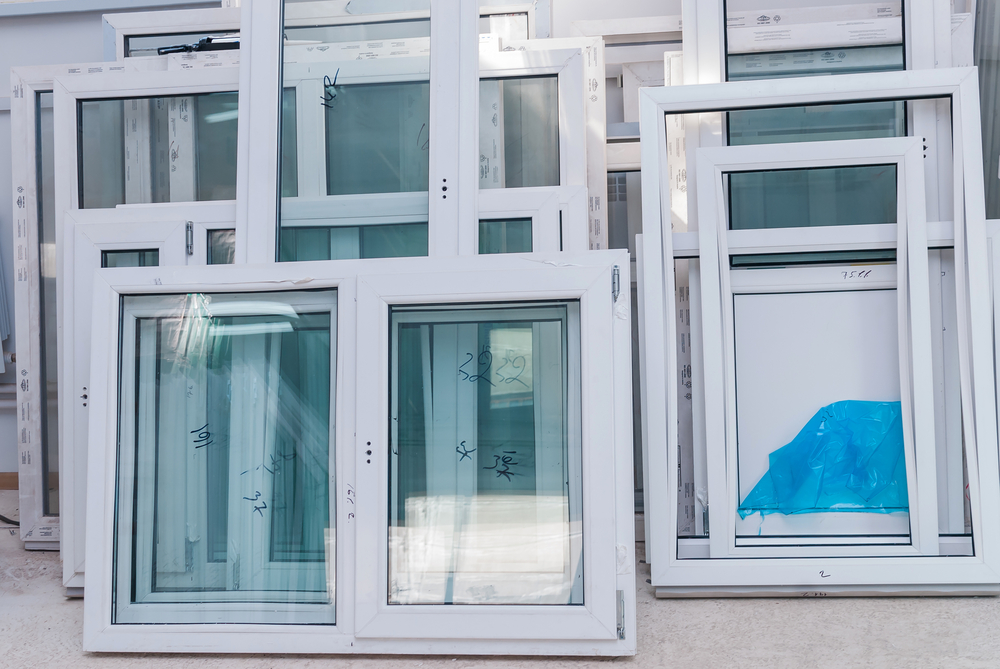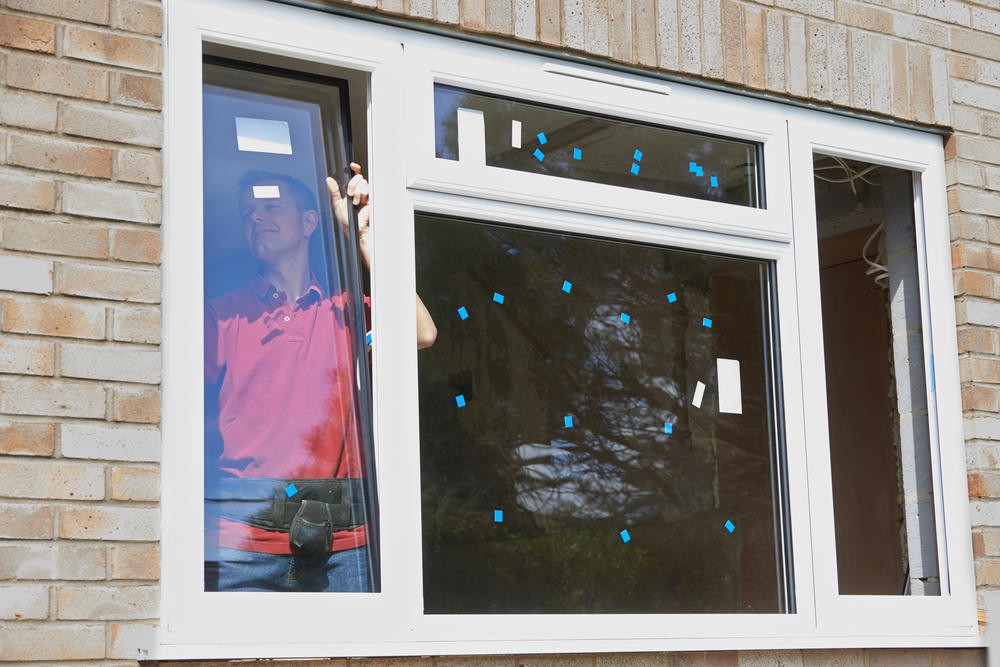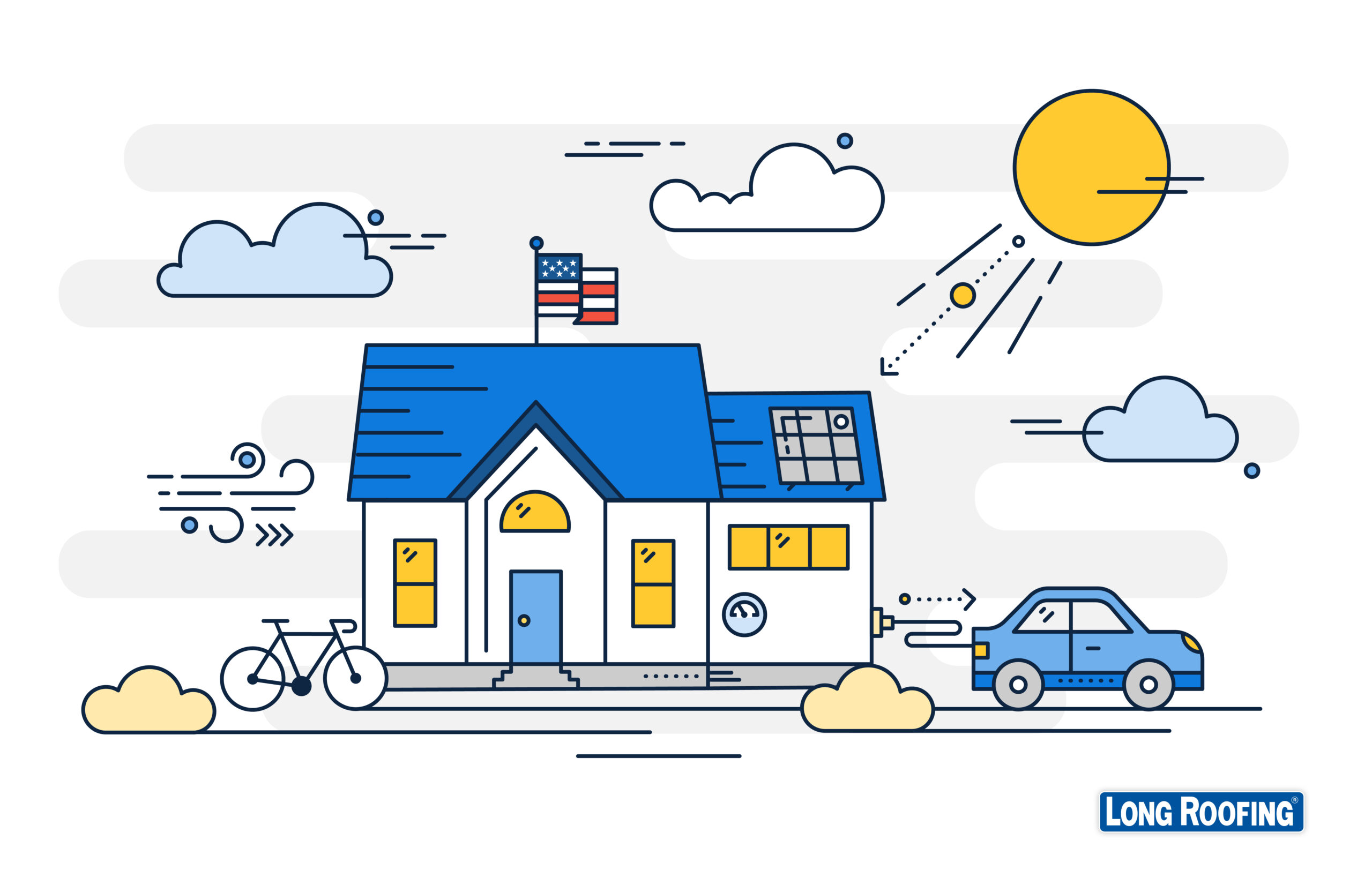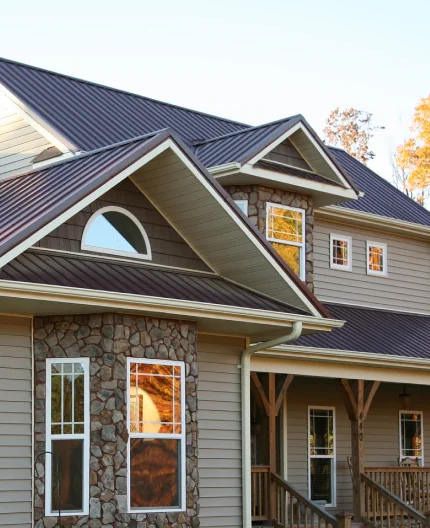Energy-Efficient Windows: The Complete Guide
Published on Wednesday January 4, 2023The Energy-Saving Benefits of New Windows
Interested in outfitting your home with the best energy-efficient windows? That’s a major project — but window replacement can pay off.
New windows are a great way to refresh the look of your home. Vinyl replacement windows can save you from hours of sanding and painting. Do you like putting up (and taking down) your storm windows every year? Probably not — and a window replacement project can save you that trouble.
While all of these benefits are nice, replacing your old, drafty windows can give your home more than a nicer look and fewer chores (although, to reiterate, those are nice).
If you’re looking for the answer to, “what are the most energy efficient windows?” You’ve come to the right place. This window guide from Long Windows will help give you all the information you need.
What Makes a Window Energy-Efficient?
Several factors impact the energy efficiency of a window but we’ve gathered the most important details for you to consider.
A Quality Frame
The best energy-efficient windows have a high-quality frame. These can be made of a variety of different materials — fiberglass, vinyl, aluminum, wood, combination, or composite — and all the different materials have different levels of energy efficiency.
Multiple Planes of Glass
Having multiple planes of glass helps reduce energy loss through windows. A single-pane window will never offer as much insulation for your home as a multi-pane window. Multiple planes help preserve indoor temperatures without letting outdoor temperatures impact your home as much.
Proper Installation
Even the best energy-efficient windows won’t make a difference for your home if they’re installed incorrectly. Windows installed with precision and care help reduce heat loss, preventing air leaks and drafts.

What is the Best Energy-Efficient Window for My Home?
Finding the window that works best for your home is key for any homeowner looking to save money on their energy bill and reduce their carbon footprint. Finding the best window for your unique home may take some research and time consulting with a professional. The best option for you depends on your home’s style, your budget, the space for a window replacement, and your personal preferences.
Energy-Efficient Windows Can Save You Money
We’ve got your attention! Reduced heating, cooling, and lighting costs are among the most important benefits of energy-efficient windows. EnergyStar.gov reports that ENERGY STAR windows lower household energy bills by an average of 12% nationwide, saving residents in the Mid-Atlantic region nearly $600 a year in energy costs:
- Maryland – $580
- Virginia – $497
- Washington, D.C. – $476
Replacement windows may be eligible for ENERGY STAR tax credits that can save you, even more, when you install new qualified energy-efficient windows. Eligible products and tax credit amounts may change annually.
What is the Tax Credit for Energy Efficient Windows in 2022 and 2023?
If you installed energy-efficient windows in 2022, you may be entitled to a tax credit of up to $200. The credit is 10% of the amount paid for the product only — it does not include labor costs.
Beginning January 1, 2023, this ENERGY STAR tax credit is worth 30% of the total cost of the project, up to $600 for energy-efficient windows and skylights.

You Can Reduce Your Energy Consumption
Green living is a priority in most American households. Replacing your windows can save you money — but there are many great energy-saving benefits, too. New energy-efficient windows can reduce your overall energy consumption, a goal we should all aim for.
Did you know that replacing your old, single-pane windows with new, energy-efficient windows can save enough electricity to power a home for three months — or to watch TV for three years? Note: Please do not watch TV for three straight years.
Do Energy-Efficient Windows Help Reduce Greenhouse Gas Emissions?
They certainly do. Again, over just three months, replacing your old, single-pane windows with new, energy-efficient windows is the equivalent to:
- Keeping your car off the road for more than two months
- Preventing half a ton of coal from being burned
- Planting 29 trees
You may find it difficult to plant 29 trees or to give up our wheels for two months. Your window replacement project, however, helps you to feel better about your family’s impact on the planet.
Learn about Energy Performance Ratings
Improving energy savings and going green is important as you consider replacing your windows. Understanding energy performance ratings can help you make more sense of the process as you go along.
There are 5 ENERGY STAR performance categories assigned to help you choose the most energy-efficient windows for your window replacement.
- U-Factor
- Solar Heat Gain Coefficient
- Air Leakage
- Visible Transmittance
- Condensation Resistance
Featured on all ENERGY STAR labels, the National Fenestration Rating Council (NFRC) rates each window based on the following performance specifications.

1. U-Factor
The U-factor rates a window’s ability to insulate. A lower number is better at keeping in heat, which is especially valuable in colder climates. Values range from 0.20-1.20 to help you compare.
2. Solar Heat Gain Coefficient
Ranging from 0-1, the solar heat gain coefficient is a measure of the solar heat that can be gained through the window glass. A lower number means less heat gain. Whether you live in a hot, sunny climate year-round or just during the summer months, a lower solar heat gain coefficient value is likely to help you save on cooling costs.
3. Air Leakage
Also called air infiltration, air leakage is the air (think drafty windows) that enters through a window. Ranging from 0.1 to 0.3, a lower air leakage rating will keep your home comfortable and draft-free. Especially on those cold, windy winter days.
4. Visible Transmittance
This is a measure of the natural light that a window lets in. You may like to have a lot of natural light to brighten your home during the day, but did you know that the more natural light you use, the more likely you are to save on lighting costs? Visible transmittance values range from 0-1. If you’re looking to save energy and maximize natural lighting, choose a higher value.
5. Condensation Resistance
Condensation ratings are optional, but a product with a higher resistance rating should be better at resisting condensation. Condensation can damage windows, especially those with wooden frames.
Tech-Savvy, Energy-Efficient Windows
Other window features help improve energy-efficiency ratings. Long Window technology utilizes special lightweight films inserted in between glass panes. Films are coated with tiny metal particles to create a mirrored finish. These “super-insulating” chambers combine with inert gasses to form a powerful glass-insulating system that can outperform typical single-, double-, and triple-pane windows.
If you’re ready to reap the benefits of new energy-saving windows, Long Windows can help you see the difference and make the switch. We can show you how new energy-efficient vinyl replacement windows are quality made, can save you on energy costs, and reduce your maintenance obligations.
Reach out online for a free consultation and estimate!
Interested in Long Home Products?
See our special offers now.
*Excludes labor. Subject to credit approval.
**Excludes labor. Subject to credit approval.
One-day installs contingent upon municipal rules and regulations.
By submitting a form, I authorize Long Home to contact me with information about its products and services via mail, email, phone and/or text at the contact information provided, even if I am on the national do not call list. Long Home may use automated telephone technology to initiate calls to its customers. Calls and in person estimates may be recorded for quality and training purposes.








